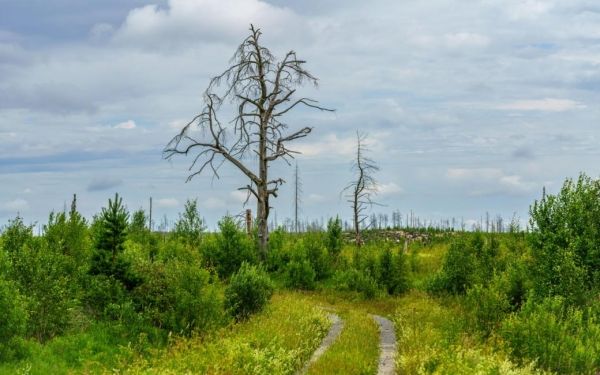Changing climate brings more frequent and more intense climatic extreme events. It is unclear, however, exactly how climate extremes will affect vegetation distribution in the future. This is an acute question for research in order to be able to mitigate coming extremities and their impact on vegetation.
The study, published in Global Change Biology. explores large-scale relationships between vegetation and climatic characteristics using machine learning. It demonstrates that combining climate and remotely-sensed land cover data with tree-structured predictive models called decision trees can effectively extract the climatic thresholds involved in structuring the distribution of dominant vegetation at various spatial scales.
The findings of this study highlight the importance of climatic extremes in shaping the distribution of several major vegetation types. For example, drought or extreme cold are essential for the dominance of savanna and deciduous needleleaf forest.
Continue reading at University of Helsinki
Image via University of Helsinki


